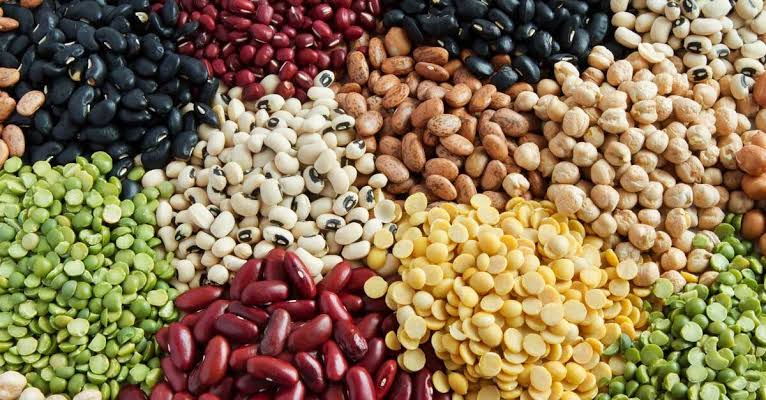Is Fiber the Missing Link in Weight Loss? A Nutritionist Breaks Down the Facts

In the ever-growing world of high-protein diets and macro tracking, one humble nutrient continues to be overlooked: fiber. While protein remains a cornerstone of effective weight management, fiber may be the unsung hero of long-term weight loss and better health. In a recent episode of the podcast In Conversation, registered dietitian Lisa Valente, MS, RD, sheds light on the essential role fiber plays—not just in digestion, but also in weight control, heart health, and metabolic function.
Why Fiber Matters More Than You Think
Fiber is more than a digestive aid. Research has shown it can lower LDL (“bad”) cholesterol, reduce blood pressure, support heart health, and—perhaps most intriguingly—promote weight loss by enhancing satiety and improving insulin sensitivity. Yet despite its many benefits, fewer than 5% of Americans meet the recommended daily fiber intake: 34 grams for adult men and 28 grams for adult women.
So why the fiber gap? The rise of low-carb trends and lack of public awareness about fiber-rich foods may be contributing factors. But as Lisa Valente explains in the podcast, it’s not too late to turn the tide.
Fiber: Nature’s Ozempic?
Some experts have even gone so far as to call fiber “nature’s Ozempic” due to its potential effects on appetite and weight regulation. Valente discusses how fiber—especially when sourced from whole foods—can be a powerful ally in controlling cravings, stabilizing blood sugar, and improving overall satiety.
She breaks down the differences between soluble and insoluble fiber, and emphasizes that a balanced intake of both is important for optimal health. Soluble fiber helps to slow digestion and lower cholesterol, while insoluble fiber adds bulk to the stool and aids regularity.
Food vs. Supplements: Can Psyllium Husk Replace Whole Foods?
With many people turning to fiber supplements like psyllium husk, the podcast also explores whether these can substitute for whole food sources. While supplements can help fill gaps, Valente insists that whole foods bring additional nutrients, antioxidants, and health benefits that supplements alone cannot match.
“Fiber from food is part of a whole nutritional package,” Valente says. “You’re not just getting fiber—you’re getting vitamins, minerals, and plant compounds that work together to support your health.”
Lisa Valente’s Top 3 High-Fiber Picks
After the recording, Valente shared her three favorite fiber-rich foods for readers looking to boost their intake:
- Frozen Berries:
“They’re slightly higher in fiber than fresh, more affordable, and don’t spoil quickly,” Valente notes. Perfect for smoothies, oatmeal, or yogurt. - Whole Wheat Pasta:
“It’s significantly higher in fiber than white pasta and makes a great base for balanced meals,” she says, adding that brown rice, in comparison, only has one gram more fiber than white rice. - Chia Seeds:
“Tiny but mighty,” as Valente calls them. Chia seeds are rich in fiber, omega-3 fatty acids, and even a touch of protein. Ideal for sprinkling on dishes or making chia pudding.
The Takeaway: Small Changes, Big Impact
The podcast concludes with a clear message: Increasing your fiber intake doesn’t have to be complicated. Simple shifts like choosing whole grains, adding frozen fruits to your meals, or sprinkling seeds over your breakfast can go a long way.
Fiber might just be the overlooked solution for those struggling with weight loss, blood sugar management, or digestive issues. And as Valente reminds us, “It’s not about perfection—it’s about progress.”


